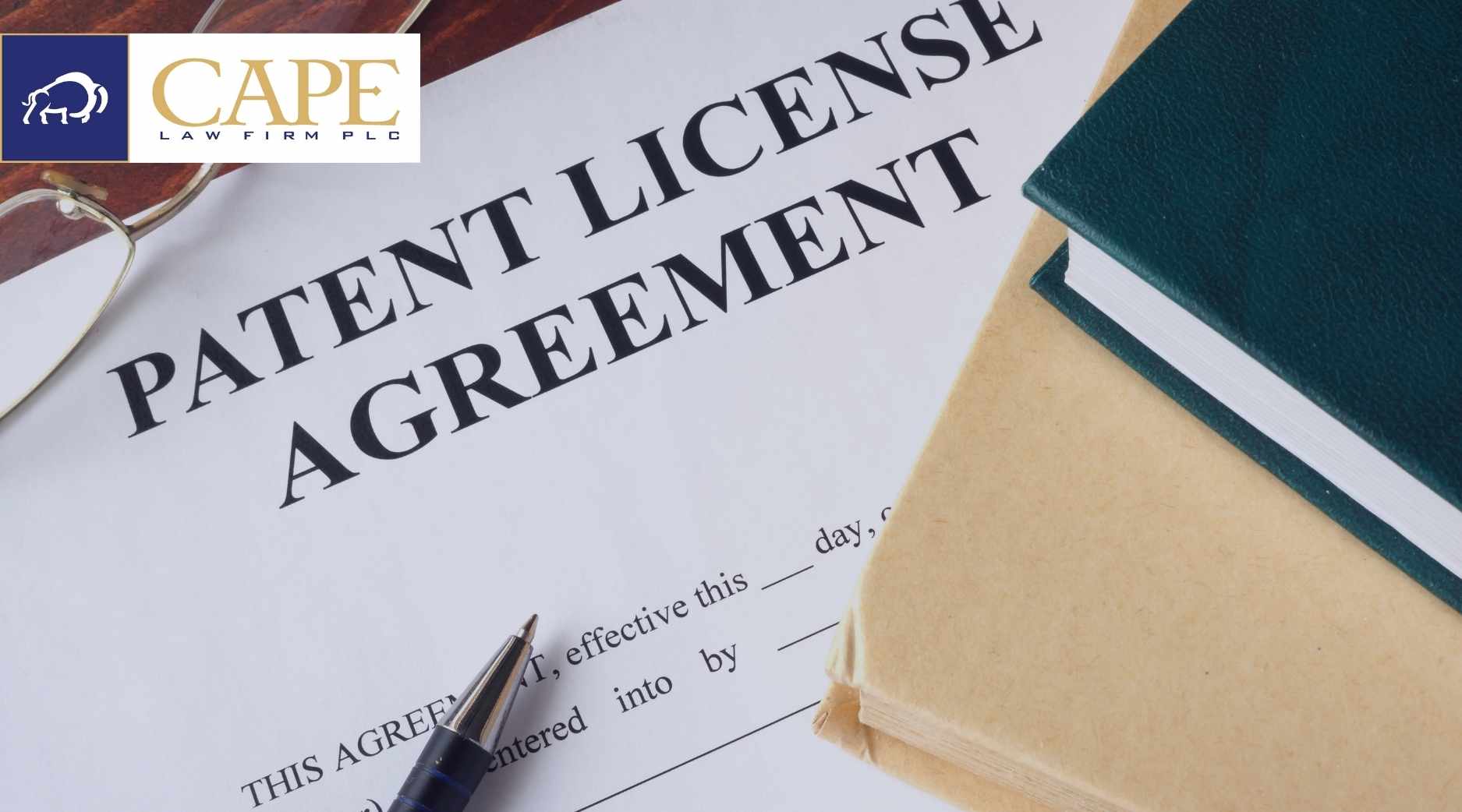It has been roughly 3 decades since the broad roll-out of patent-protected agricultural seed in commodity crops fundamentally changed how seed was marketed and used. Royalties, especially annual royalties for a license to plant seed, became a ubiquitous business model for the supply chain delivering seed to farmers. However, when the patent expires, so does the right to charge royalties for those patent rights. So far, there have been only a few examples of this scenario playing out in the seed business.
This year two federal appeals courts addressed the prohibition on post-patent royalties in cases involving the licensing of multiple patents, including expiring U.S. patents.
In Ares Trading S.A. v. Dyax Corp., the 3rd Circuit examined a license between Ares, a drug maker, and Dyax, a biotechnology company, to create a cancer drug. Ares contracted with Dyax to perform research which Ares then used to create a cancer drug. The contract also licensed multiple patents to Ares covering Dyax’s research activities. Most important, Ares did not use the research patents itself, nor did it use the patents when it made and sold the drug. Finally, the license required Ares to pay royalties to Dyax “for 10 years after the First Commercial Sale” of the cancer drug. However, the patents expired well before the end of the 10-year period.
While the Ares case is factually complex, the outcome was relatively simple. The court held that the royalty obligations did not violate the post-patent royalty prohibition because the royalties were not based on Ares’ use of expired patents. Since Ares did not “practice” the patents itself, and because the patented research occurred before the patents’ expiration, Ares’ sales of the cancer drug did not require it to “use” inventions covered by the expired patents.
In C.R. Bard, Inc. v. Atrium Medical Corp., the 9th Circuit examined royalties in a medical device license which included a U.S. patent and a Canadian patent. The U.S. patent expired in 2019, while the Canadian patent expired in 2024. The license called for a 15% per-unit royalty on U.S. sales until the expiration of the U.S. patents, and a 15% per-unit royalty on Canadian sales until the expiration of the Canadian patent. It also contained a minimum royalty provision which required a royalty payment of no less than $3.75 million per year “until the last to expire of all the patents” in the license. Because sales never exceeded the minimum royalty obligation, Atrium only ever paid the minimum amount, and it stopped making those payments when the U.S. patent expired in 2019.
The court held that the minimum royalty provision was enforceable and did not violate the post-patent royalty prohibition. The court concluded that the minimum royalty provision required Atrium to continue paying the minimum royalty only on Canadian sales, not on U.S. sales occurring after the U.S. patent expired. It pointed out that even if sales of the device in the U.S. had increased a thousand-fold, those sales would have zero effect on the amount of the royalty. Thus, U.S. sales were effectively royalty-free.
While both cases reinforce the prohibition on post-patent royalties, they also highlight that royalties can be structured in such a way that payments may continue after patent expiration if those payments are not based on practicing (i.e., using) the patents. Thus, while royalty payments may decrease or disappear after a patent expires, that will not be the case if the royalties are based on something other than using the expired patent.





